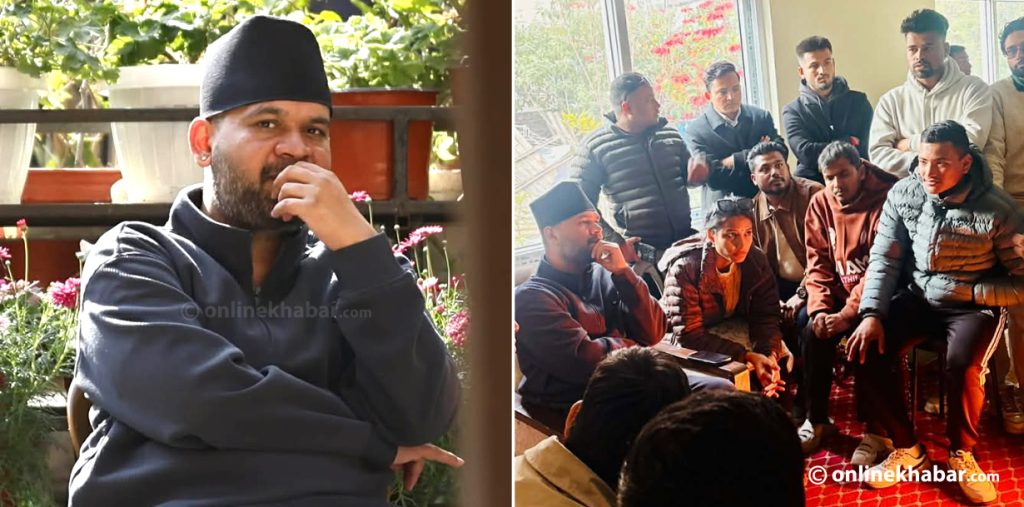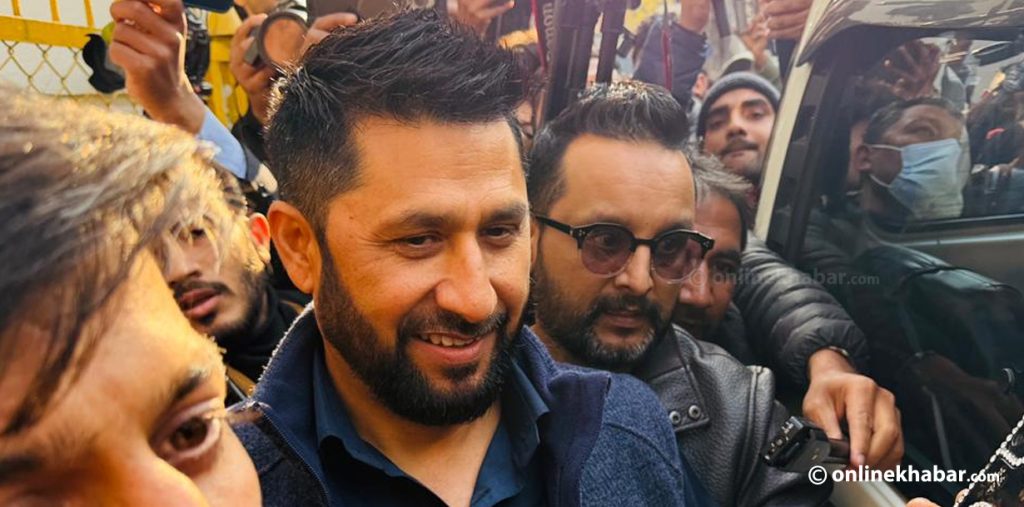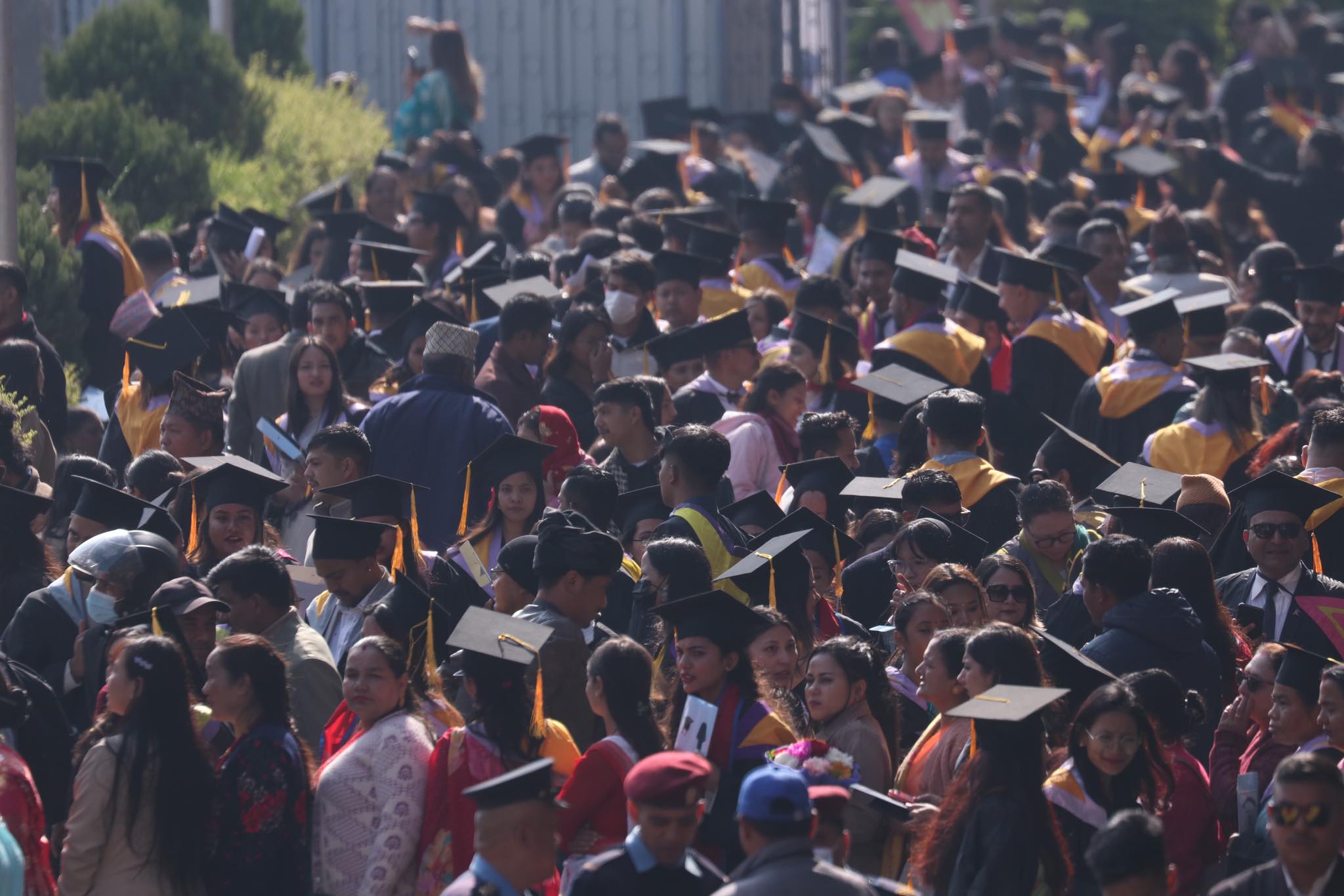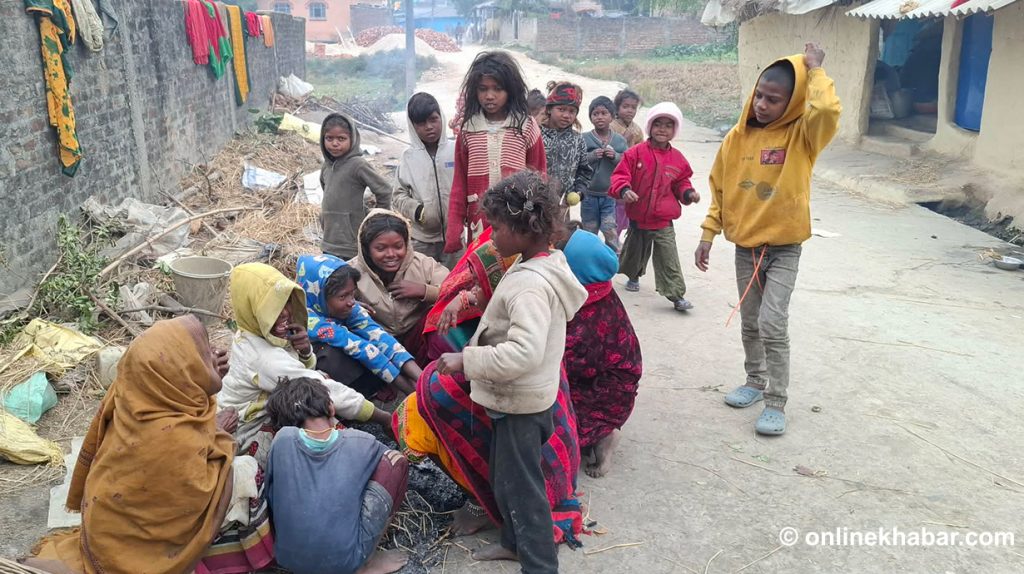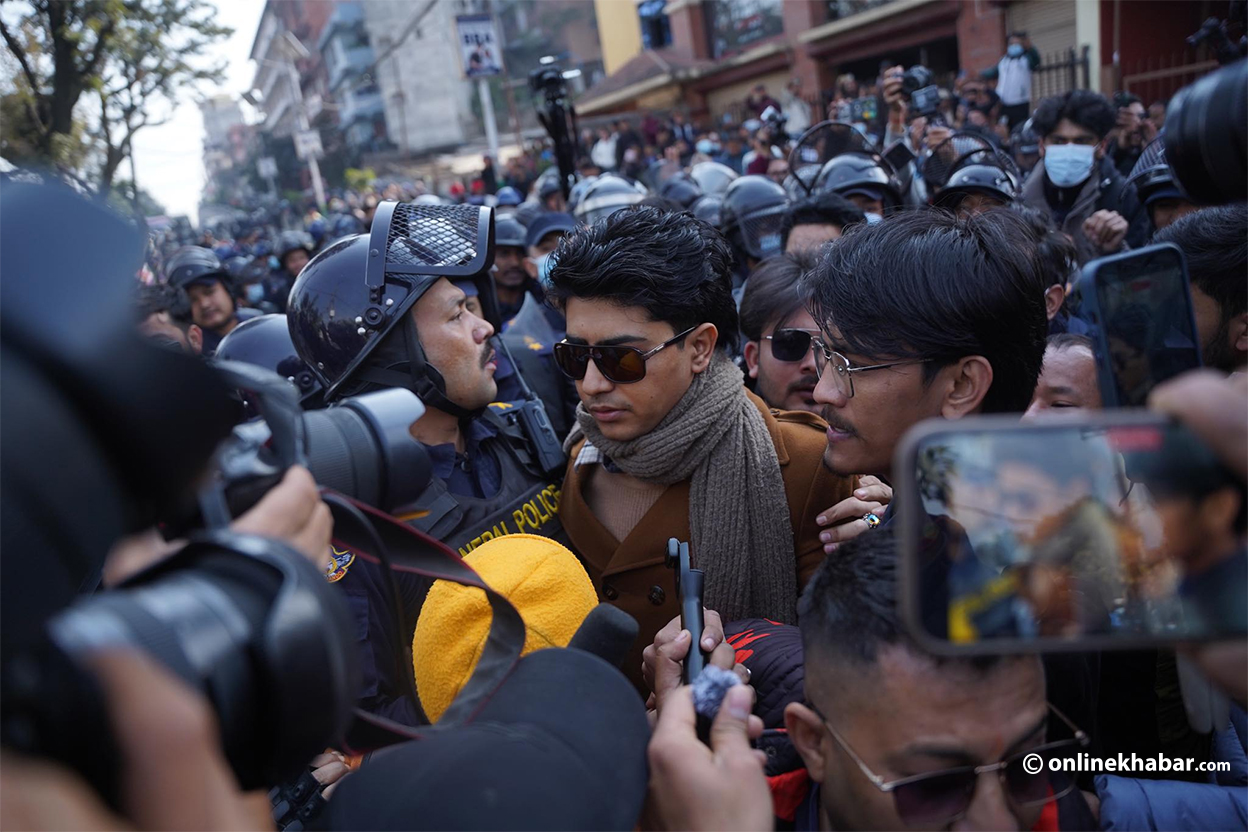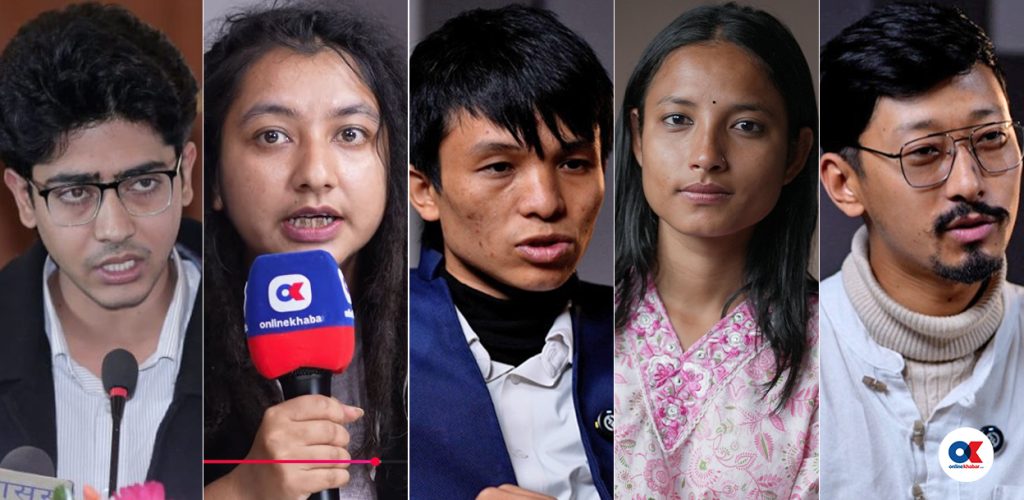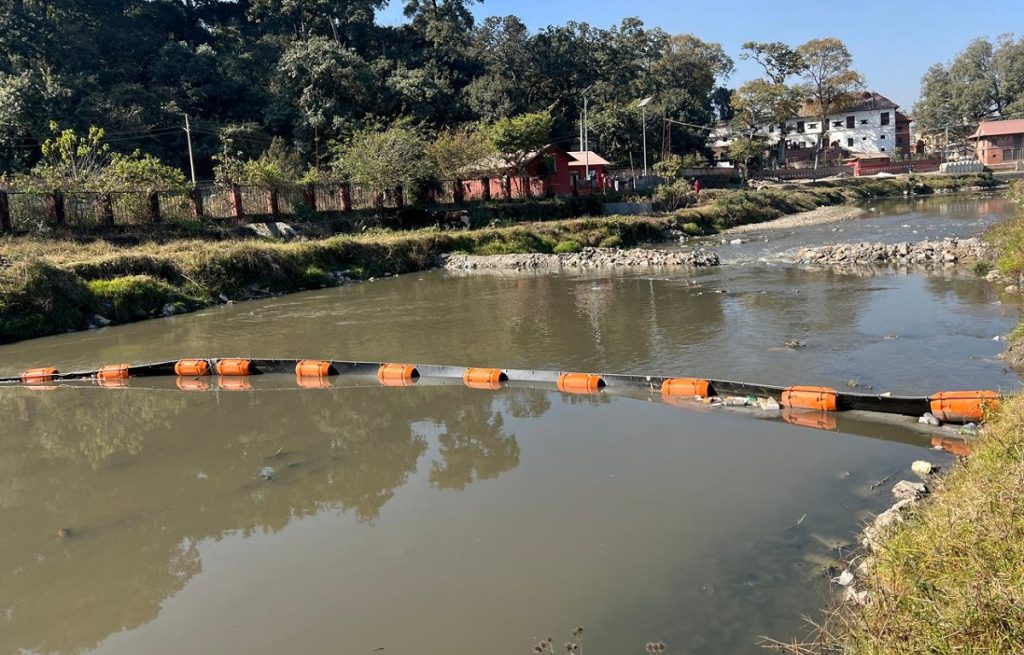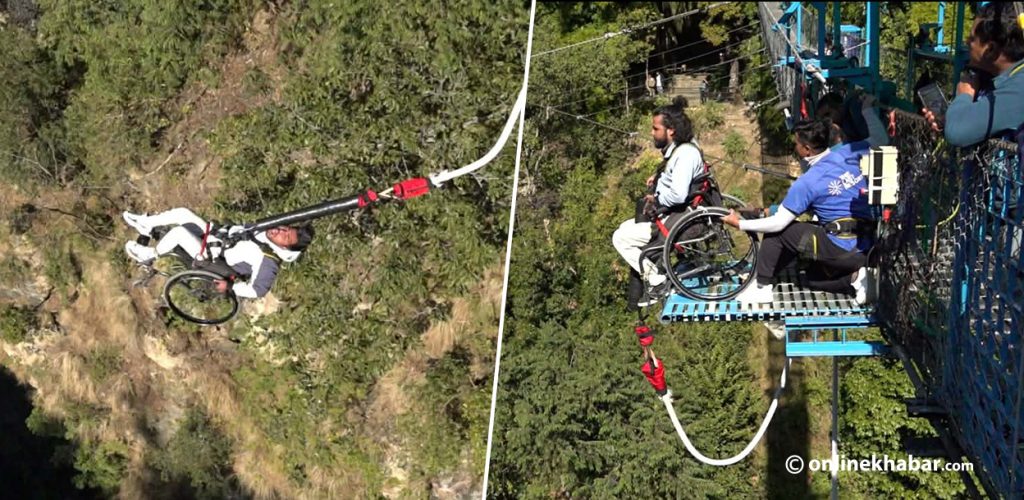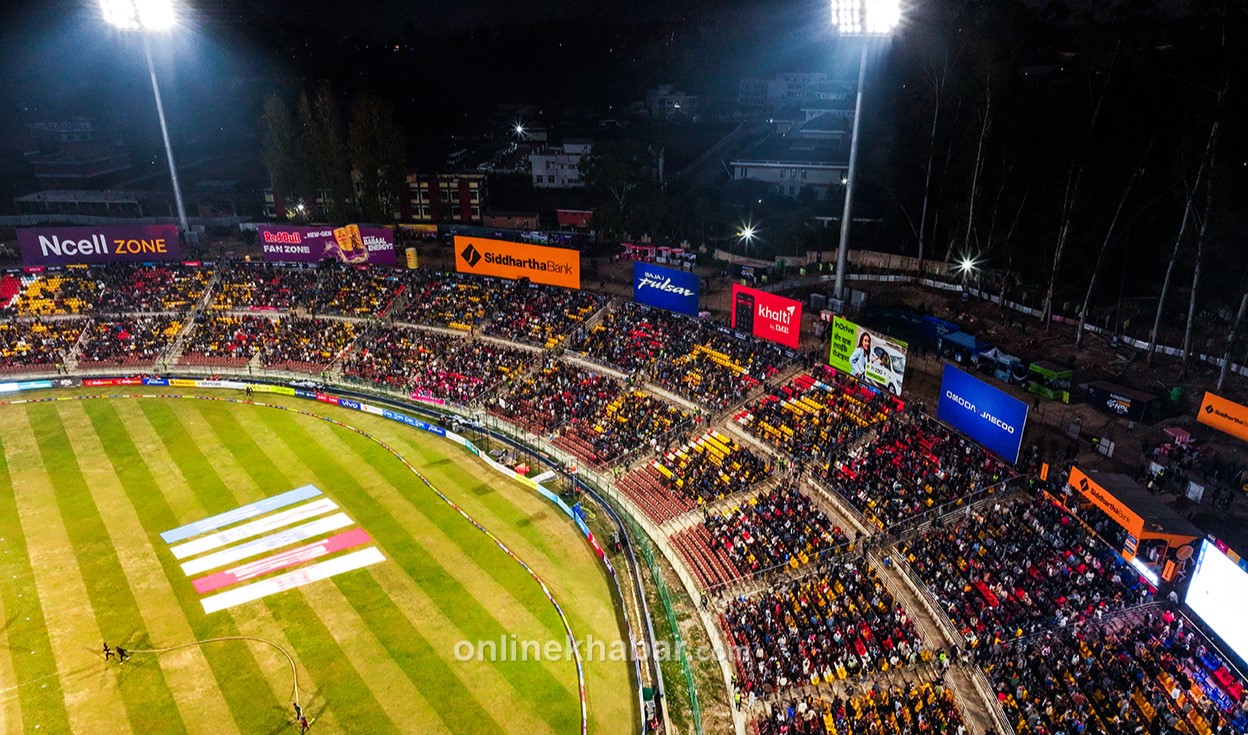
File
Recently, Indian Foreign Secretary Vikram Misri visited Kathmandu to formally invite Nepal’s Prime Minister KP Sharma Oli for an official visit to India. During his stay, Misri handed over Indian Prime Minister Narendra Modi’s invitation letter and met with top Nepali leaders, including President Ramchandra Paudel, former Prime Ministers Sher Bahadur Deuba and Pushpa Kamal Dahal, as well as Foreign Minister Arzu Rana Deuba.
Oli, who had already visited China, had been waiting for a formal invitation from India, which had sparked political and diplomatic discussions in Nepal. Now, his visit is scheduled to begin on September 16 (Bhadra 31) and is expected to last three days. The visit is seen as an opportunity to deepen bilateral ties, expand connectivity, and push forward pending projects such as the Pancheshwar Multipurpose Project, trade facilitation, and direct air links.
Misri’s Kathmandu meetings also highlighted Nepal’s request for India’s support in boosting flights to Gautam Buddha and Pokhara International Airports, trade issues, and regional cooperation. The invitation marks a key step in strengthening Nepal–India relations under India’s “Neighborhood First” policy.
The recent visit of Indian Foreign Secretary Vikram Misri to Kathmandu to formally invite Prime India and Nepal means India often sets the diplomatic stage, but it must do so carefully, as coercive actions in the past, like the 2015 blockade, generated deep mistrust. India’s emphasis on connectivity projects, trade facilitation, and regional cooperation under its “Neighborhood First” policy shows an attempt to bind Nepal in cooperative frameworks that enhance interdependence. Meanwhile, it also highlights the role of shared cultural ties, symbolic gestures such as Pashupatinath visits, and diplomatic rituals in reshaping perceptions of India as a supportive partner rather than a dominating power.
At the same time, Nepal, despite being small, employs small state diplomacy by leveraging its strategic location between India and China to maximise autonomy and extract concessions from both sides, as seen in Oli’s careful wait for a formal Indian invitation. Overall, this episode reflects how a big power like India manages asymmetric yet sensitive relations by balancing hard interests, cooperative engagements, and identity-based diplomacy to maintain influence while avoiding alienation.
Amid India’s invitation to Nepal’s Prime Minister for an official visit, a significant shift in regional diplomacy is unfolding as India and China finalised a 12-point agreement during Chinese Foreign Minister Wang Yi’s visit to India, following their 24th round of border talks.
The accord emphasises maintaining peace and stability in disputed border areas while expanding cooperation in trade, air connectivity, and religious pilgrimages. It reflects strategic coordination at the leadership level, mutual backing in multilateral platforms like SCO and BRICS, and the revival of high-level dialogues, alongside marking 75 years of diplomatic ties in 2025.
Key commitments include restarting direct flights, easing visa restrictions, enhancing the Kailash Mansarovar pilgrimage, improving cross-border river cooperation, and resuming trade through passes such as Lipulekh, Shipki La, and Nathu La.
Additionally, the agreement aims to boost trade and investment, jointly uphold border security, and strengthen multilateralism with a focus on WTO-centered systems and advancing the interests of developing nations. This development signals a complex diplomatic environment for Nepal, which must navigate its strategic position between two major powers while safeguarding its territorial and national interests.
Earlier, in December, during Indian National Security Advisor Ajit Doval’s visit to China, both sides agreed to resume the Kailash Mansarovar pilgrimage, which had been halted since Covid-19. India and China had also previously agreed to build trade routes in that area.
In May 2015, during Indian Prime Minister Narendra Modi’s visit to China, the two countries agreed to develop Lipulekh as a trade and pilgrimage hub, which Nepal strongly opposed. Then Prime Minister Sushil Koirala had lodged a protest note with both Indian and Chinese ambassadors in Kathmandu.
Later, in November 2019, India released a new political map including Lipulekh and Kalapani. In May 2020, India inaugurated a road from Gunji in Darchula up to Lipulekh. In response, Nepal revised its own official map to include Lipulekh, Kalapani, and Limpiyadhura, which was endorsed by a parliamentary majority and formally issued in June 2020.
However, neither India nor China has recognised Nepal’s revised map. In September 2023, China released its “2023 Standard Map,” which continued to show Nepal’s old map. Nepal, however, did not issue any response to this.
The Lipulekh, Limpiyadhura, and Kalapani region is one of the most disputed border areas between India and Nepal. Its importance is both geostrategic and geopolitical, involving security, trade, and regional influence. The dispute reflects both countries’ priorities: India focuses on strategic defense, connectivity, and resource control, while Nepal emphasises territorial sovereignty and national identity, making the region a continuing point of tension in bilateral relations.
Lipulekh trade route, has implications for Nepal–India relations, particularly in light of Nepal’s territorial claims over the region. While the agreement aims to enhance bilateral cooperation between India and China, it has raised concerns in Nepal regarding its sovereignty and territorial integrity.
The reopening of the Lipulekh pass for trade, without Nepal’s consultation, has reignited the dispute over Kalapani, Lipulekh, and Limpiyadhura, areas that Nepal claims as part of its territory. This development may lead to increased diplomatic tensions between Nepal and India, as Nepal seeks to assert its territorial rights and ensure that its interests are considered in regional agreements.
In response to these developments, Nepal’s Prime Minister, KP Sharma Oli, has been invited to India for an official visit. The visit is seen as an opportunity to address the ongoing border issues and strengthen bilateral ties. However, the timing of the visit, coinciding with the India-China agreement, may add complexity to the discussions.
Nepal is likely to seek assurances from India regarding the respect for its territorial claims and the inclusion of Nepal in any future agreements that affect its borders. The outcome of the visit will be crucial in determining the trajectory of Nepal–India relations and the resolution of the border dispute.
Nepal’s Prime Minister KP Sharma Oli’s upcoming visit to India presents a crucial diplomatic opportunity to address the ongoing tensions surrounding the Lipulekh, Limpiyadhura, and Kalapani region, especially in light of the recent India-China 12-point agreement. By engaging directly with Indian leadership, PM Oli can emphasise Nepal’s territorial claims, seek formal recognition of its map, and request inclusion in any agreements that affect Nepali territory.
The visit also allows Nepal to negotiate practical solutions, such as joint management of border trade through disputed passes, or mechanisms to ensure that cross-border infrastructure and connectivity projects respect Nepal’s sovereignty. Beyond bilateral negotiations, Oli can leverage symbolic and soft-power diplomacy such as reinforcing cultural and religious linkages, highlighting historical ties, and promoting regional cooperation to create goodwill and reduce the risk of coercive measures.
Strategically, this visit can signal Nepal’s balanced diplomacy, asserting its autonomy while maintaining constructive relations with India, even as it navigates the overlapping influence of China. In essence, the visit provides a platform for Nepal to transform a potentially contentious situation into a negotiated framework that safeguards national interests, strengthens bilateral ties, and asserts its role as a small but strategically positioned state in South Asia.
Nepal’s role in the Lipulekh, Limpiyadhura, and Kalapani dispute is primarily to assert its sovereignty and protect territorial integrity while navigating the pressures of powerful neighbours. As a small state, Nepal must actively engage in diplomatic channels, balancing relations with India and China and leveraging multilateral forums such as SAARC, BIMSTEC, or the UN to gain support for its claims.
Strategic neutrality and a non-aligned approach allow Nepal to maximize benefits from both major powers without escalating tensions. Internally, consolidating political consensus and national unity strengthens Nepal’s negotiating position, enabling it to assert legitimacy and protect national interests despite asymmetrical power dynamics in the region.





